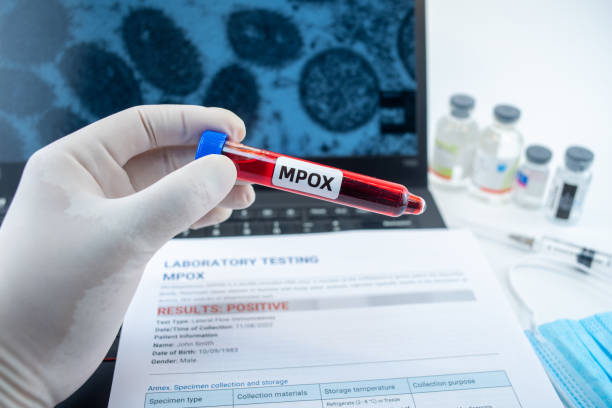What You Should Know About Mpox After U.S. Detects Severe Strain


Federal health officials are urging vigilance among health care providers after California reported the first U.S. case of the severe mpox strain, known as clade I, in a patient who recently returned from Africa.
The patient, who is recovering in isolation, experienced mild symptoms of the virus, which is often associated with a distinctive rash.
While the Centers for Disease Control and Prevention (CDC) says the risk of widespread transmission remains low to the public, the agency recently issued a health alert urging health care workers to watch for classic symptoms of the virus.
Health care providers are also being advised to report suspected cases of the more severe strain immediately to public health authorities.
“This individual had recently traveled to areas experiencing clade I monkeypox virus (MPXV) transmission and sought medical care for mpox symptoms in the United States,” the CDC said in the alert.
“Consistent with other recent clade I mpox cases, the patient has relatively mild illness and is recovering. CDC and the local and state health departments are investigating potential contacts; no additional cases in the United States have been detected as of November 18, 2024.”
The case has prompted reminders about prevention amid the mpox outbreak that originated in Central Africa, which has seen a dramatic rise in mpox cases in the Democratic Republic of Congo this year.
The CDC, alongside the World Health Organization (WHO), said it’s now supporting response efforts in affected regions, including training health care workers, enhancing diagnostic capacity, and promoting community awareness about prevention.
Understanding mpox and global impact
There are two known variants: clade I and clade II. The California case marks the first appearance of clade I within the U.S.
Clade I is historically associated with more severe disease and higher fatality rates and is endemic to Central and Western Africa, the CDC said in a report about mpox.
Clade II, which caused the 2022 outbreak in the United States, generally results in milder illness.
While mpox cases in the U.S. have declined significantly since the 2022 outbreak, which saw over 32,000 cases, the disease remains a concern globally.
Since January 1, the Democratic Republic of the Congo has reported more than 47,000 suspected mpox cases and more than 1,000 deaths, according to the CDC.
But around 9,000 cases have been confirmed through testing, “with more than 40 confirmed deaths,” the CDC added.
The actual figures are likely higher due to limited health care access and reporting infrastructure.
Transmission and symptoms
The CDC says the virus is primarily transmitted through close, prolonged contact with infected individuals or exposure to contaminated materials such as bedding, clothing, or towels.
While it can spread through respiratory droplets, this typically requires extended face-to-face interaction. Casual contact poses little risk of transmission.
Symptoms of mpox include fever, fatigue, muscle aches, and a distinctive rash. The rash may appear on the face, hands, feet, chest, or near the genitals and often progresses to fluid-filled lesions.
The incubation period ranges from three to 18 days, meaning those exposed weeks or months ago are unlikely to develop symptoms now.
Prevention steps
For the general public, the CDC advises simple preventative measures, including avoiding close contact with symptomatic individuals, practicing good hygiene, and using barriers like gloves or masks when caring for someone who may be infected.
Health officials also recommend avoiding contact with wild animals (alive or dead) in areas where mpox is common. They advise against eating or preparing bushmeat or using products derived from wild animals, such as creams, lotions, and powders.
The JYNNEOS vaccine, a two-dose series approved by the FDA for mpox and smallpox, remains a vital tool in preventing infection.
It has been shown to be at least 85 percent effective in clinical studies, according to the CDC. Vaccination is recommended for high-risk groups, such as health care workers or those exposed to confirmed cases.
U.S. cases
As of November 1, there have been 2,368 cases of the less severe strain of mpox reported nationwide, according to the CDC. That represents a sharp decline from the approximately 32,000 cases associated with the 2022 mpox outbreak in the U.S.
Dr. William Schaffner, a professor of preventive medicine at Vanderbilt University Medical Center in Nashville, spoke to ABC News about the mpox situation in the United States and abroad.
“Mpox had kind of receded because the cases were so low in the United States, in certainly the public’s mind, but also in the mind of public health,” Schaffner said.
“And so this was a reminder [of] what you’ve heard about that’s going on in Africa, actually cases are coming to Europe, and here we’ve had one in the United States. So let’s refresh ourselves about mpox, be on the alert for it.”




